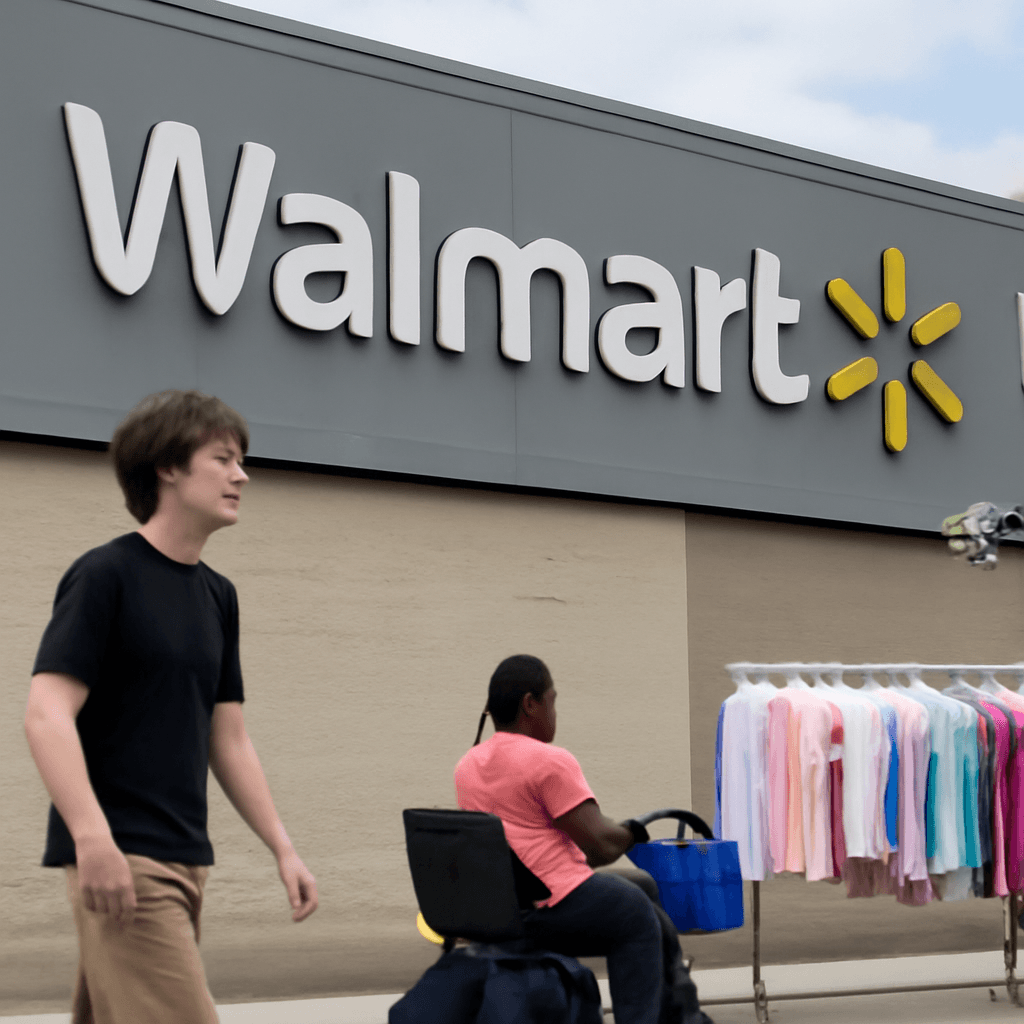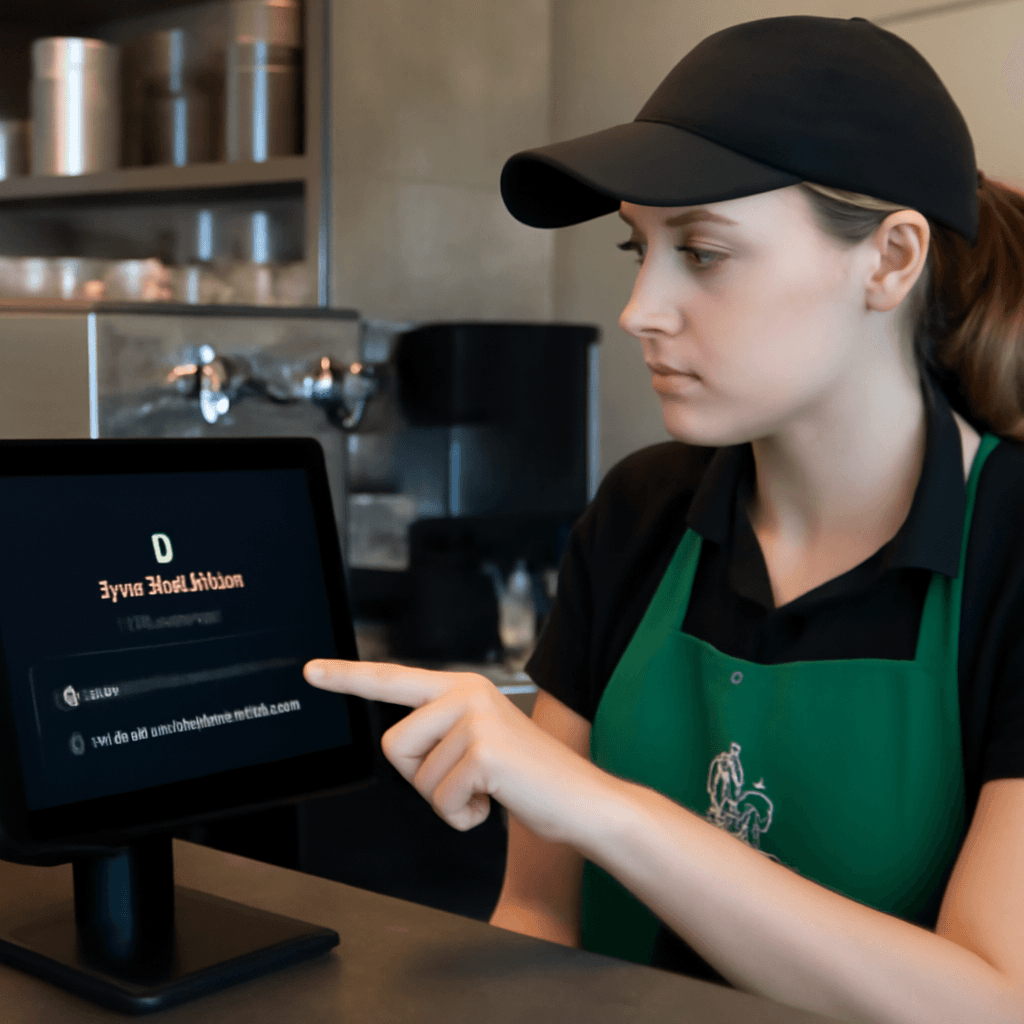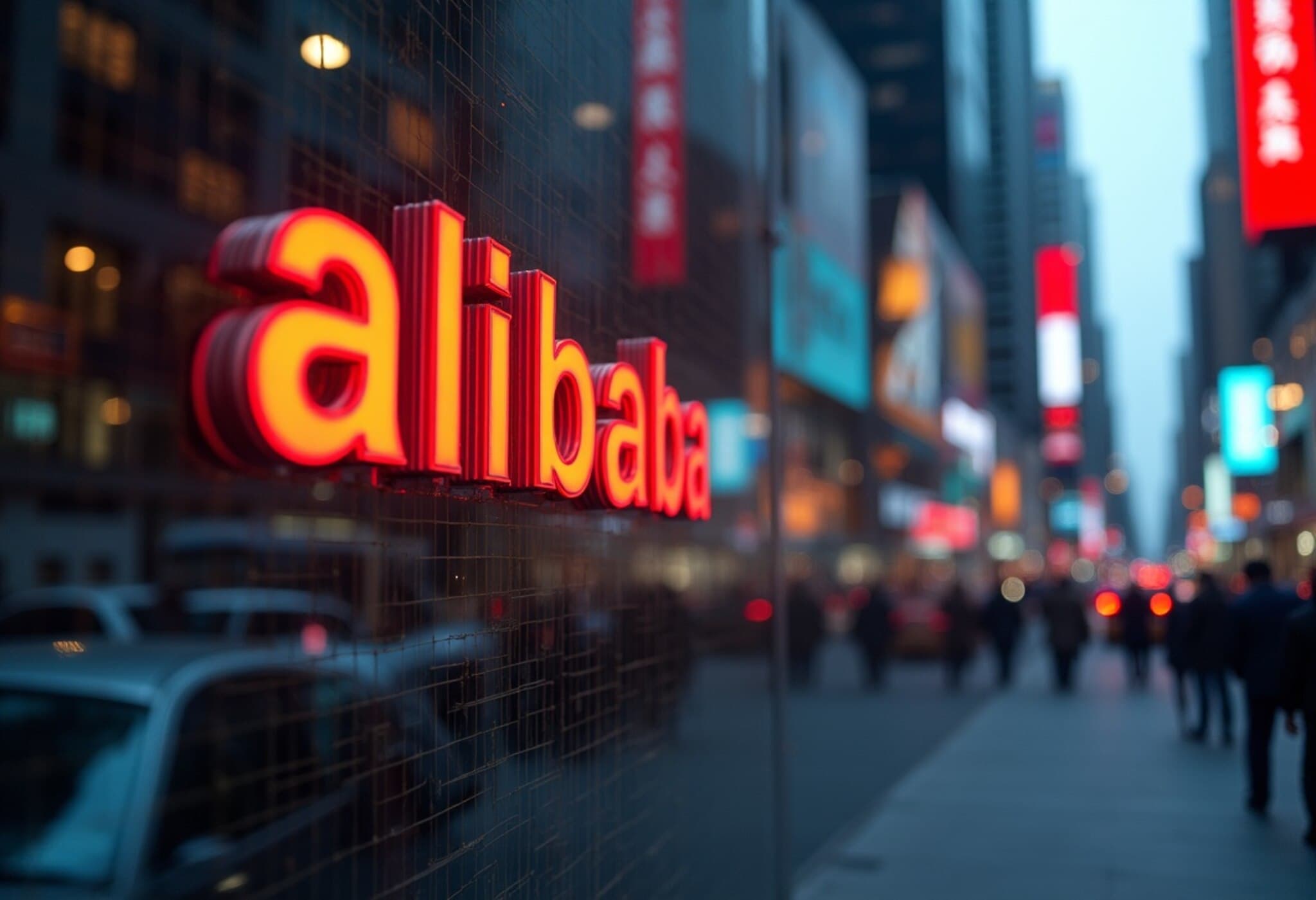Alibaba Group Holding Ltd. announced on May 26, 2025, that its Taobao Instant Commerce platform has achieved a significant milestone of over 40 million daily orders less than a month after its launch. This achievement underscores Alibaba’s rapid expansion into China's burgeoning instant commerce sector, where products ranging from groceries to electronics can be delivered within an hour.
The service is integrated into Alibaba’s flagship Taobao app and utilizes the company’s food delivery subsidiary, Ele.me, to meet the rising consumer demand for ultra-fast delivery. Earlier this month, Alibaba reported reaching 10 million daily orders during a major promotional campaign. The swift increase to 40 million orders highlights both the robust consumer response and the extensive logistical capabilities Alibaba has mobilized.
This advancement intensifies competition among China's leading instant commerce players. JD.com and Meituan have long invested in advanced warehousing and delivery systems, securing early advantages. However, Alibaba’s strategy of leveraging Ele.me’s courier network and embedding instant commerce directly within Taobao’s core shopping experience is shifting the competitive landscape.
Market analysts, including Chen Liteng from consultancy 100ec.cn, characterize the current market as a 'triopoly' dominated by Alibaba, JD.com, and Meituan. The instant commerce sector is among the fastest-growing segments in China’s digital economy, with SDIC Securities projecting a 29% market growth to exceed 1 trillion yuan (approximately US$137.5 billion) in 2025. Although smaller than the food delivery market, which is expected to reach 1.65 trillion yuan by 2025, instant commerce’s revenue growth is anticipated to surpass it due to its wider range of product offerings and increasing consumer adoption.
This trend reflects a broader strategic shift by Chinese internet companies toward integrating online platforms closely with local delivery services. It also represents a response to the challenges of slowing e-commerce growth and cautious consumer spending in the post-pandemic environment.














